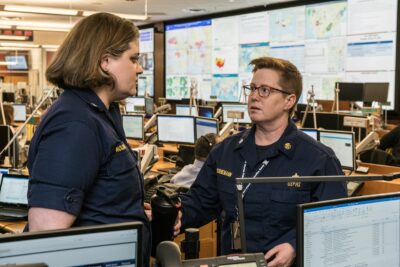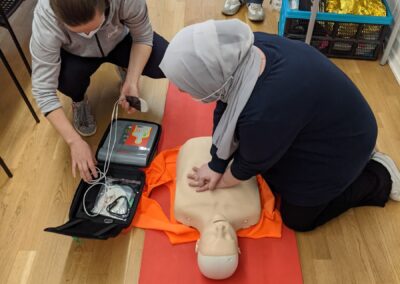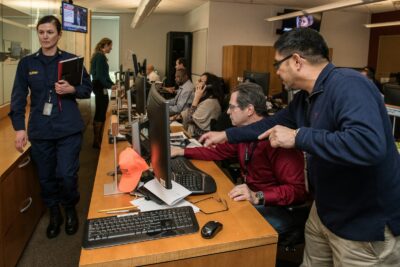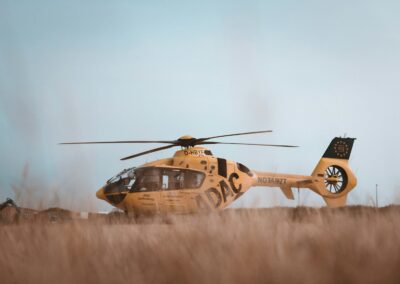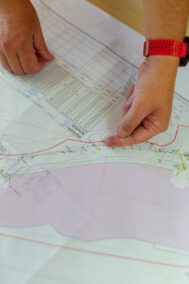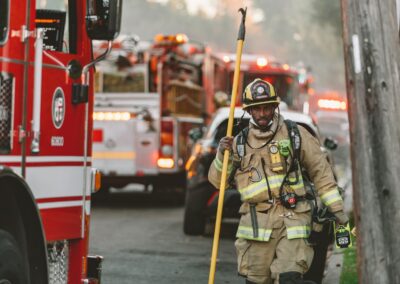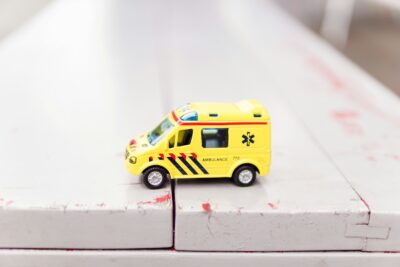Enhancing Safety and Security in Saudi Arabia and the UAE
5G technology is revolutionizing public safety services in Saudi Arabia and the UAE, empowering first responders, improving emergency response times, and creating a safer environment for residents and visitors alike. With its ultra-fast speeds, low latency, and massive connectivity, 5G is enabling the development and deployment of advanced public safety applications that were previously unimaginable. This article explores the ways in which 5G is transforming public safety in the Gulf region, creating smarter, more resilient, and safer cities.
Real-time Situational Awareness and Communication for First Responders
One of the most significant advantages of 5G in public safety is its ability to provide first responders with real-time situational awareness and seamless communication. With 5G-enabled devices and networks, emergency personnel can access and share critical information, such as live video feeds from drones and body cameras, real-time maps, and detailed incident reports, instantly and securely. This enables them to make better-informed decisions, coordinate response efforts more effectively, and ultimately save lives.
Enhanced Surveillance and Security with 5G-Connected Cameras and Sensors
5G is also transforming surveillance and security in public spaces by enabling the deployment of high-resolution, 5G-connected cameras and sensors. These devices can capture and transmit real-time video footage, detect anomalies, and trigger alerts in case of emergencies. With the ability to process and analyze vast amounts of data in real-time, 5G-powered surveillance systems can identify potential threats, track suspects, and assist law enforcement in maintaining public safety. In cities like Riyadh and Dubai, where safety and security are paramount, 5G is playing a crucial role in creating a more secure environment for residents and visitors.
Disaster Management and Emergency Response with 5G-Powered Drones and Robots
5G technology is also enabling the use of drones and robots in disaster management and emergency response. With their ability to access hard-to-reach areas, assess damage, and deliver critical supplies, drones and robots can significantly improve the efficiency and effectiveness of emergency response efforts. For example, 5G-powered drones can be used to survey disaster-stricken areas, locate survivors, and deliver medical supplies, while robots can be deployed to extinguish fires, clear debris, and perform other hazardous tasks. This can help save lives and reduce the risk of injuries to first responders.
Smart Traffic Management and Accident Prevention with 5G
5G is playing a key role in the development of intelligent transportation systems (ITS) that are transforming traffic management and improving road safety. By connecting vehicles, traffic signals, and other infrastructure to 5G networks, cities can optimize traffic flow, reduce congestion, and prevent accidents. For example, 5G-enabled vehicles can communicate with each other and with traffic signals in real-time, allowing for smoother traffic flow and reducing the risk of collisions. 5G can also enable the implementation of advanced driver assistance systems (ADAS) that can help prevent accidents by warning drivers of potential hazards and even taking corrective action in emergencies.
Public Safety Education and Awareness with 5G-Powered Mobile Applications
5G is also empowering citizens to play a more active role in public safety. With 5G-powered mobile applications, residents can report incidents, receive emergency alerts, and access information on safety procedures and resources. This can help to improve public awareness and preparedness, leading to faster response times and better outcomes in emergencies. Additionally, 5G can enable the development of virtual reality (VR) and augmented reality (AR) applications for public safety training, providing first responders and citizens with realistic simulations of emergency scenarios to better prepare them for real-life situations.
The Future of 5G Public Safety Applications: A Safer and More Resilient Gulf
The transformative potential of 5G in public safety is only just beginning to be realized. As 5G networks continue to expand and mature, we can expect to see even more innovative applications emerge, from smart street lighting that adapts to real-time conditions to predictive policing that utilizes data analytics to identify potential crime hotspots. By embracing 5G technology, Saudi Arabia and the UAE are paving the way for a safer, more secure, and more resilient future for their citizens.
5G-Powered Public Safety Command Centers
5G is revolutionizing the way public safety agencies operate by enabling the establishment of highly efficient and connected command centers. These centers can leverage real-time data from various sources, including surveillance cameras, sensors, and social media feeds, to provide a comprehensive view of the situation on the ground. This allows for faster and more effective decision-making in emergency situations, leading to improved coordination among different agencies and better resource allocation.
Overcoming Challenges and Building a Robust 5G Public Safety Ecosystem
The implementation of 5G public safety applications requires a concerted effort from various stakeholders, including governments, telecommunications companies, technology providers, and public safety agencies. Challenges such as cybersecurity threats, data privacy concerns, and infrastructure costs need to be addressed to ensure the successful deployment and operation of 5G-powered public safety solutions. By working collaboratively and investing in the necessary infrastructure and expertise, the Gulf region can build a robust and resilient 5G public safety ecosystem that will benefit its citizens for years to come.
#5G #publicsafety #emergencyresponse #disastermanagement #smartcities #connectivity #firstresponders #surveillance #IoT #SaudiArabia #UAE



